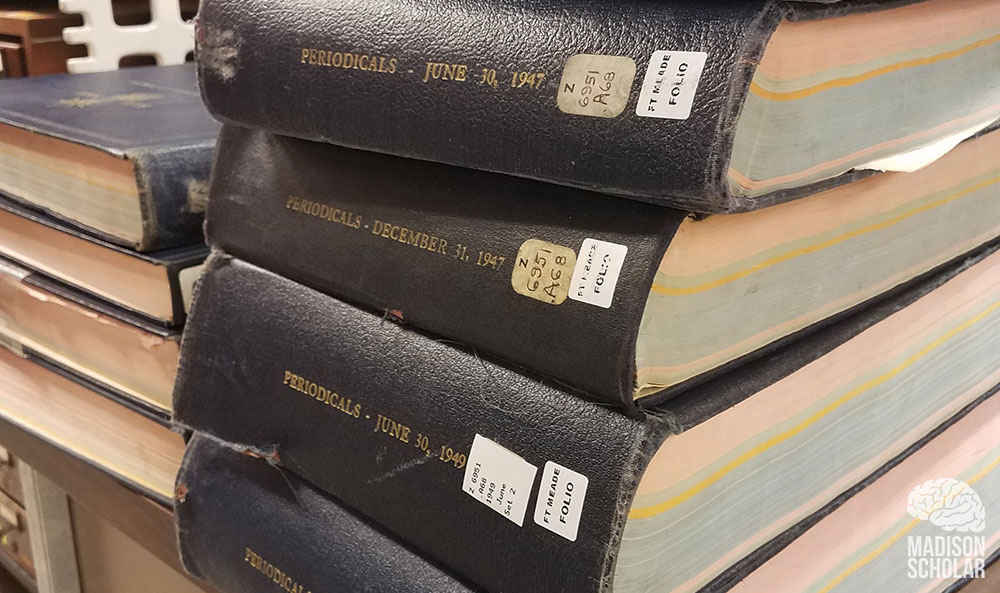No more digging required
Professor building tool to revolutionize magazine circulation research
Arts and Culture
SUMMARY: NEH grant funds project to create a web-based tool, which will make decades of previously inaccessible magazine circulation data available to the public.
Researching the history of U.S. magazine circulation is a bit like trying to look for a black cat in a coal cellar- the data is hard to find, and even when located, it can be difficult to access.
But with a $50,940 grant from the National Endowment for the Humanities, Brooks Hefner is teaming up with a University of California researcher to build a web-based tool that will put decades worth of previously inaccessible data at the fingertips of scholars.
The project, called "Circulating American Magazines," will provide complete access to circulation numbers by issue in addition to each title’s geographical circulation across the U.S. and abroad. The work uses detailed reports from several hard-to-reach archival materials from the Audit Bureau of Circulations and the advertising agencies of George C. Rowell & Co. and N.W. Ayer & Son.
 |
|
Volumes of reports, between 1926 to 1929, from the A.B.C. |
"We're talking about re-centering the history of American publication around magazines," said Hefner, an associate professor of English. "It is the most read kind of material in U.S. history. In the last 15 to 20 years, scholars have recognized that magazines are profoundly important for development of anything in literature."
The first magazine in America was published in 1741 and before the end of the 18th century there were over 100 magazine publishers. The project will focus on historically significant magazines, such as the New Yorker and Saturday Evening Post, between 1868 to 1972.
The web-based tool, being developed with the help of Ed Timke, lecturer of media studies at UC, Berkeley, along with faculty members in JMU libraries and educational technologies, will show the data in visual formats that will enable efficient comparisons. The tool will track readership data and offer information ranging from subscriptions by state to method of purchase. Researchers will no longer have to rely on second- and third-hand accounts on popularity and readership. For the first time in history "factual comparisons between magazines and other mass communication channels, such as television and the internet, can be made," Hefner said.
 |
| Reports submitted from individual periodicals are compiled into volumes. Each volume represents one six month period. |
The project aims to explore questions such as if spikes were caused by changing prices, an eye-catching cover, a shift in editorial leadership and other factors. The new open-source tool and the digitalized data will give scholars a big advantage in asking better questions about mass media and its influences.
The website will be free and accessible to the public in summer 2018.
